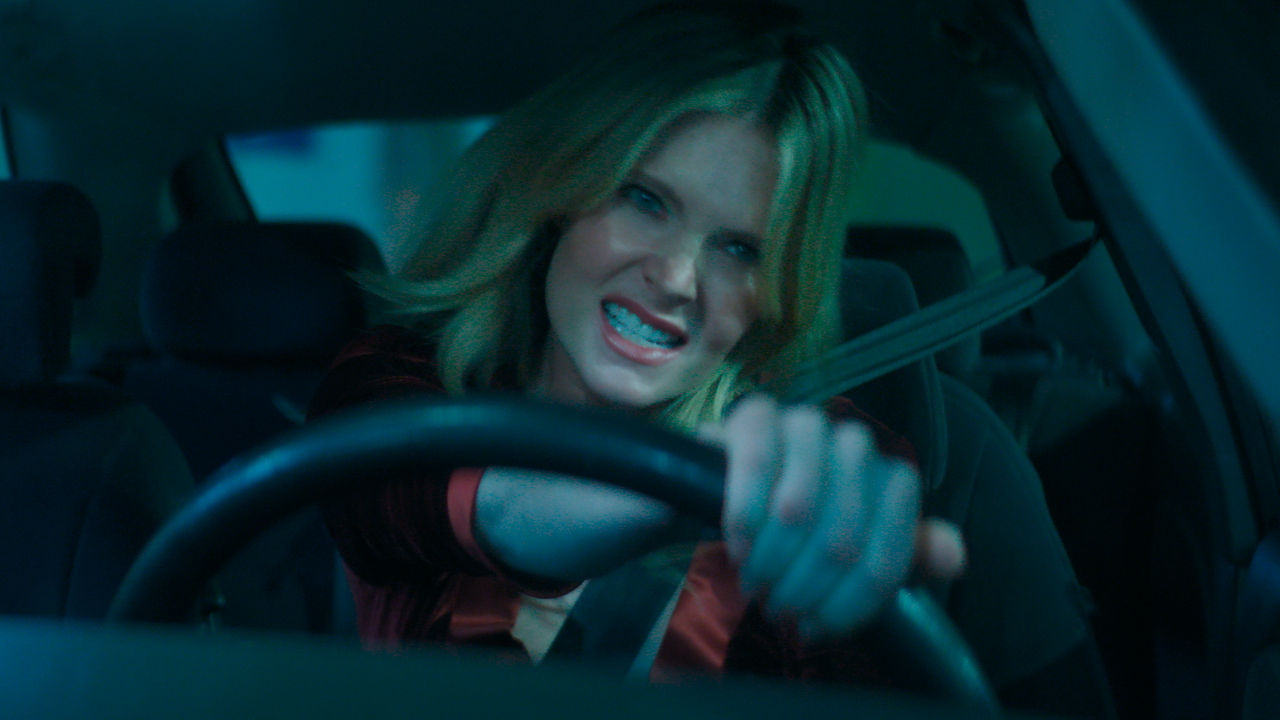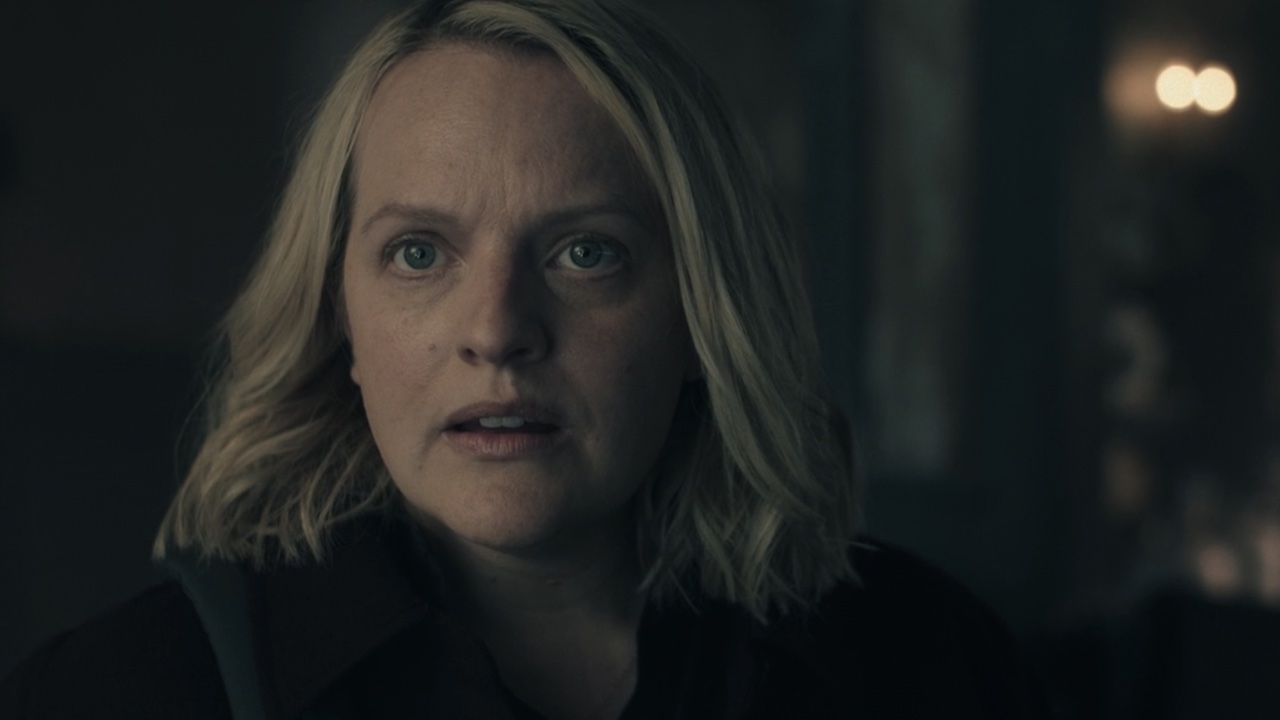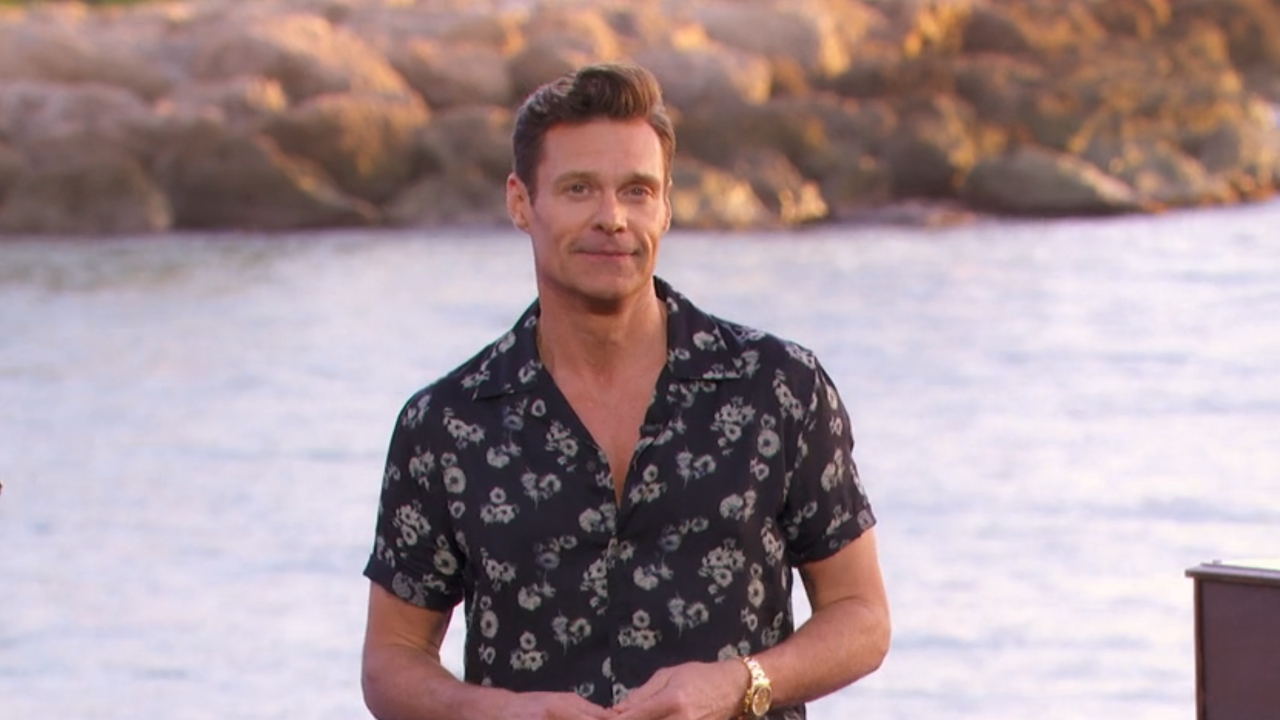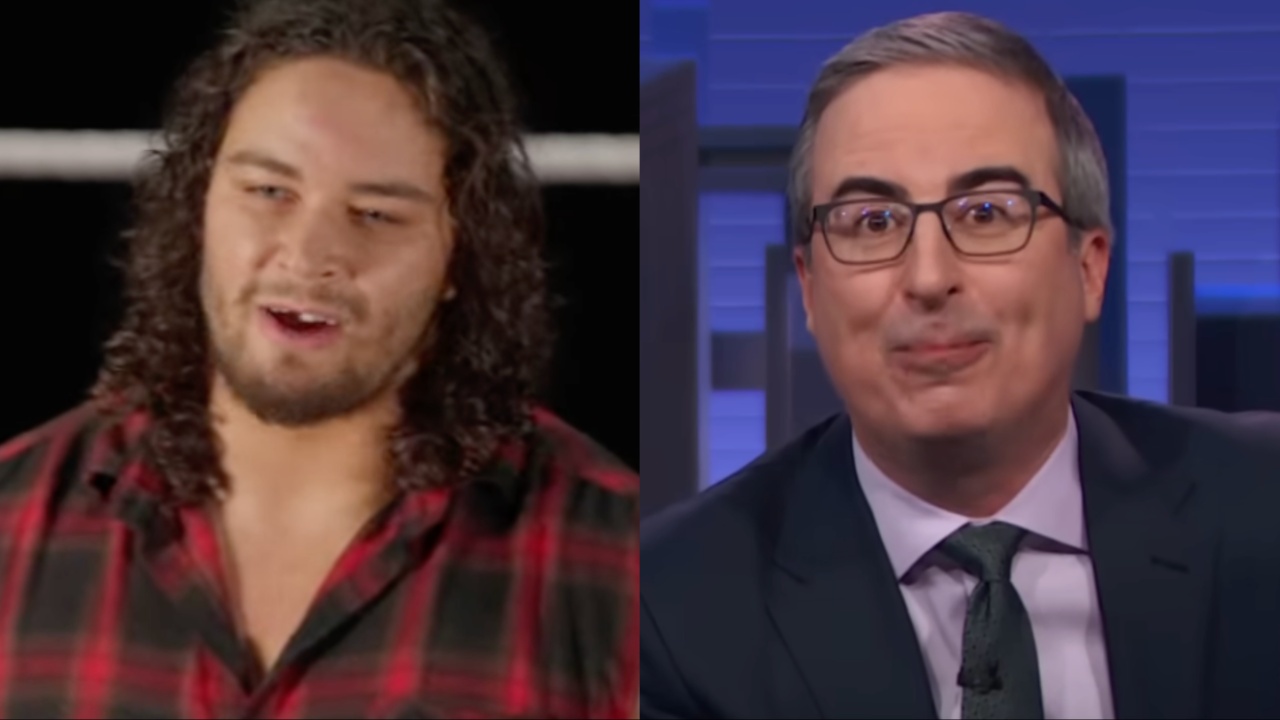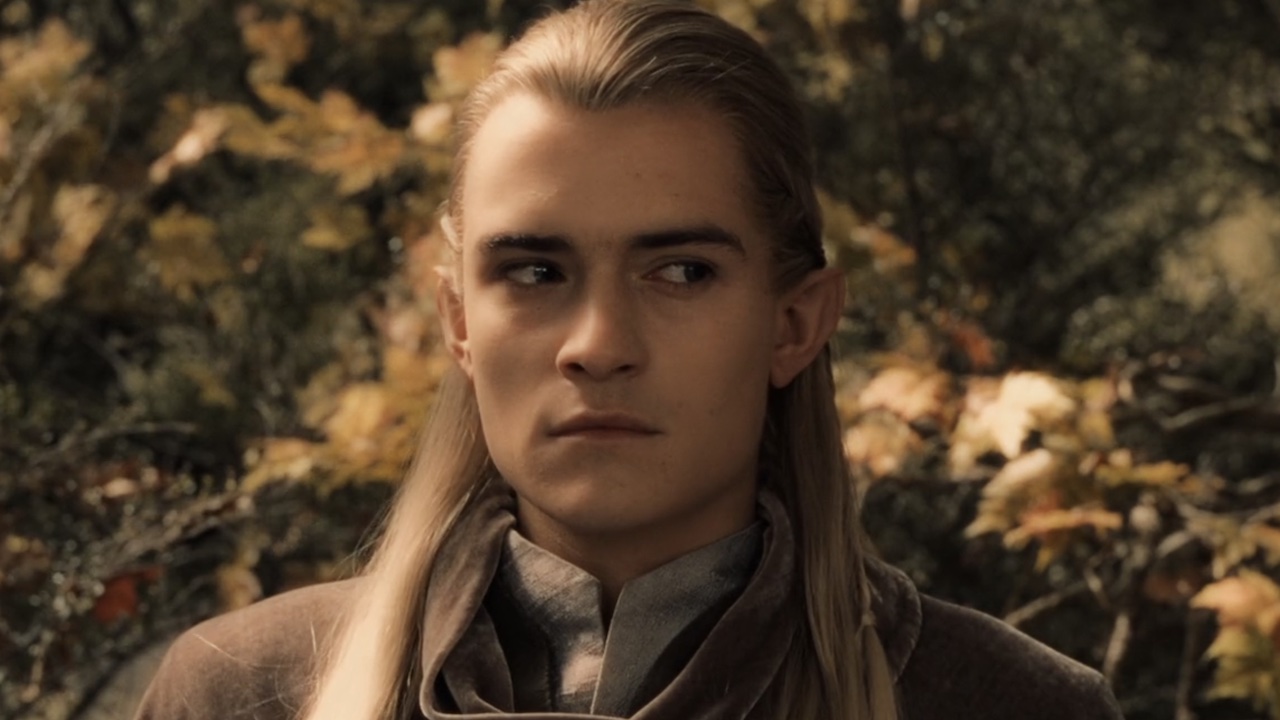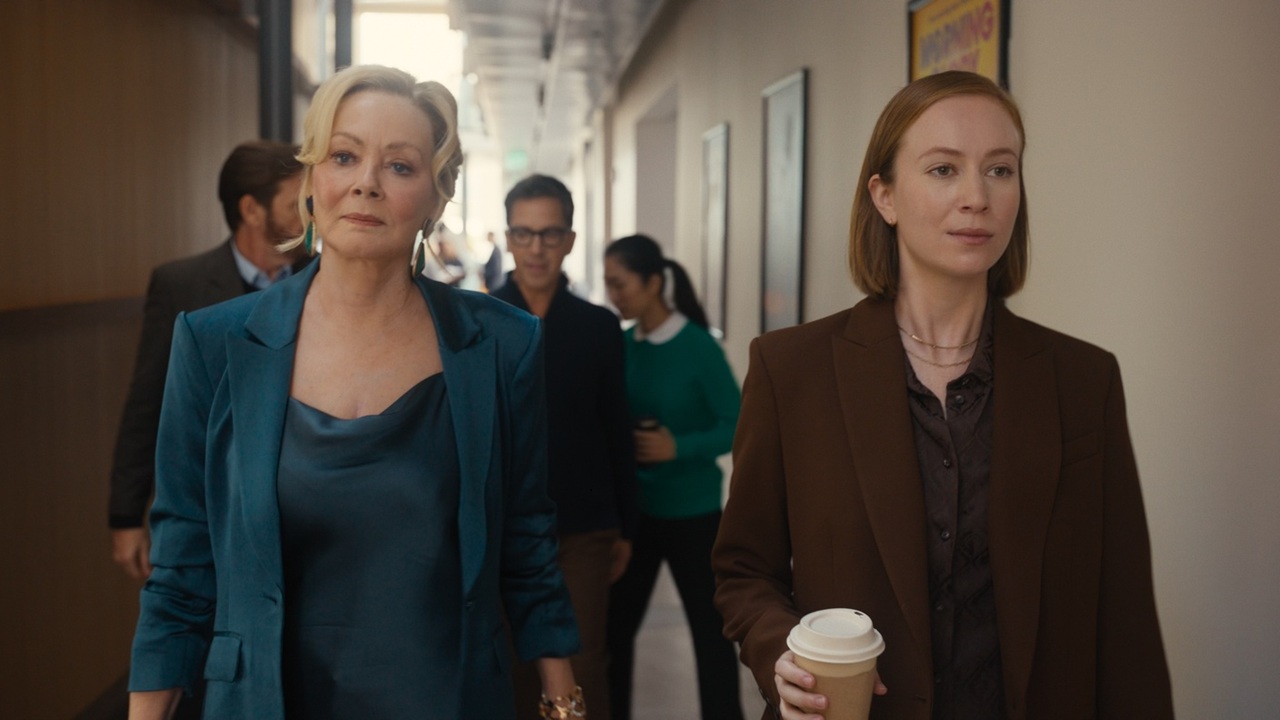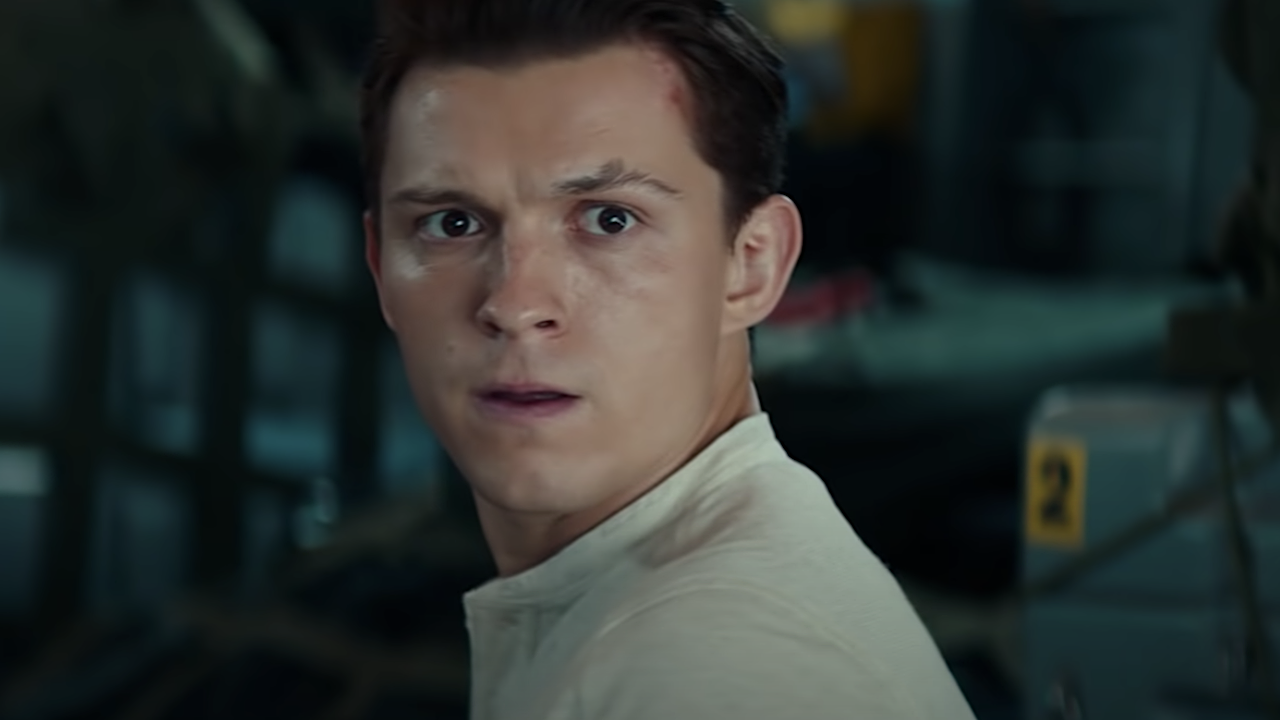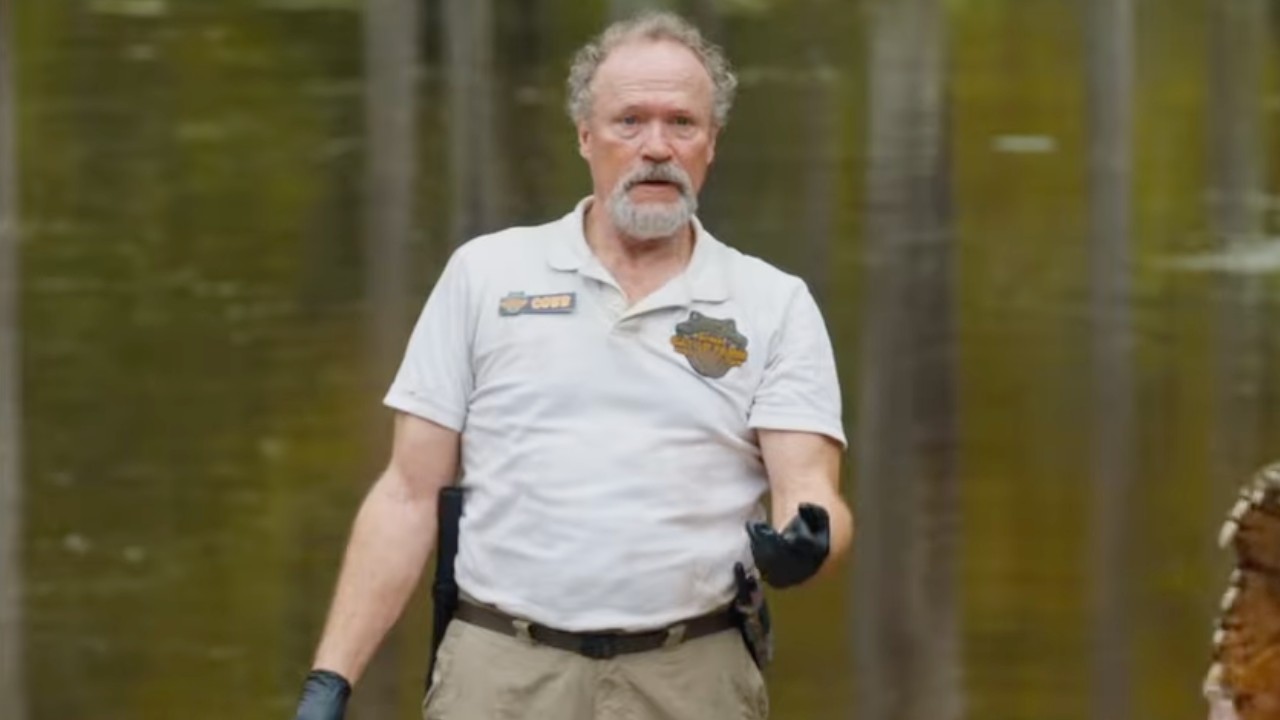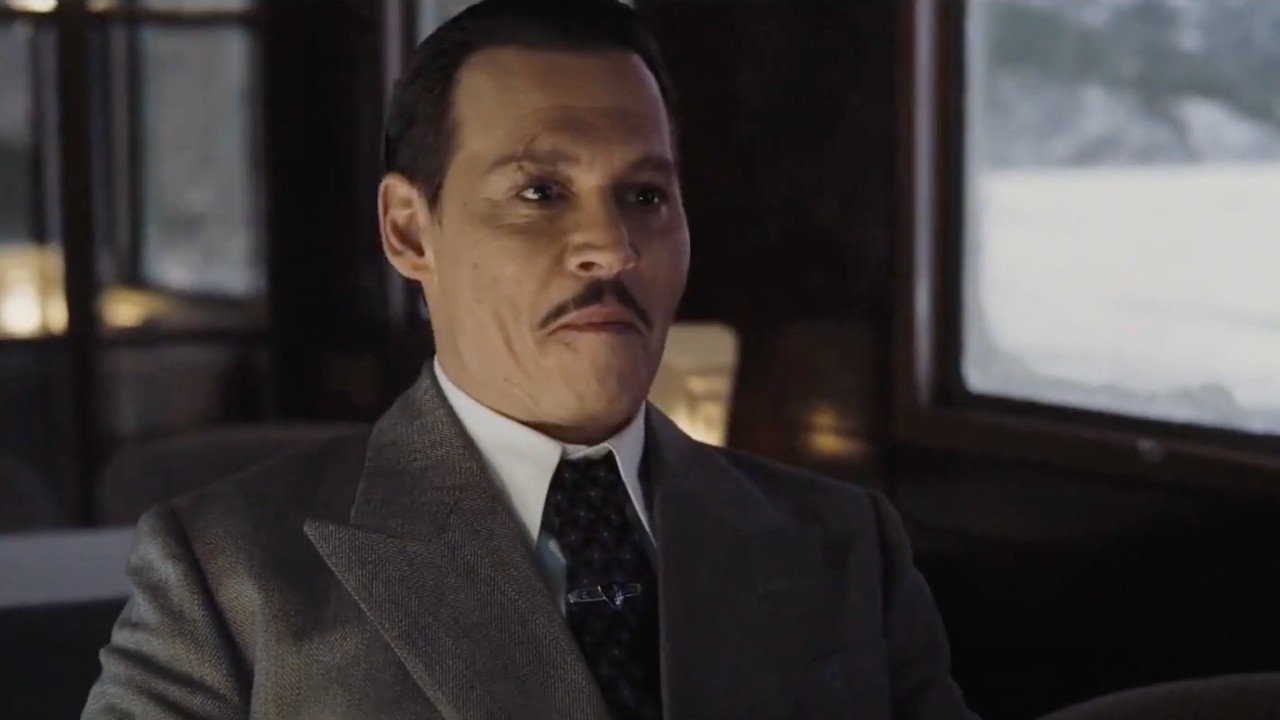Why Saturday Night Live’s Audience Was Paid To Attend The Premiere
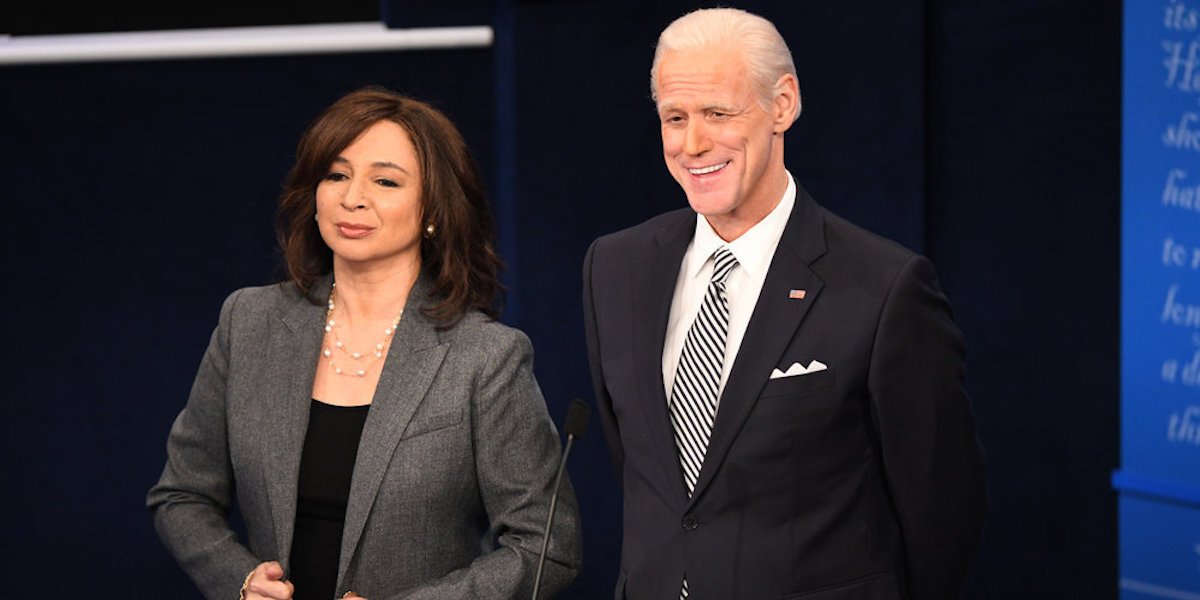
Anyone who's ever been lucky enough to be the member of a studio audience for a live or taped episode of a television show will know that tickets to such events, along with usually being pretty scarce and / or requiring a lot of time in line to secure a spot, are free to those willing to take the time to score a seat. However, the Season 46 premiere of Saturday Night Live, which took place over the weekend, did something far different and actually paid its audience members to attend, and now we know why.
As you may have guessed, the decision to pay those who came out for SNL's first live show of the new season is not only a surprise, but one related to many of the new things we've experienced this year: the pandemic. According to the New York Times, guidelines for filming which were released by New York state say that TV shows can't have live audience members present at a taping unless they consist only of cast, crew and paid employees. So, the only option the long-running sketch show had to be able to have members of the public attend the taping was to pay them as though they were employees.
The idea of a show paying all of the people who come to a taping is, truly, an unheard of situation, as being able to get a spot in such audiences is seen as being enough of a treat that big TV fans are willing to take the time out of their busy lives to do it without actual financial compensation. Tickets to be in the Saturday Night Live audience are still free (and very hard to come by), but those who were able to nab them for the premiere got a nice surprise after the show was finished taping, with them being given a $150 check from Universal Television.
The New York state health department prohibited ticketed events on March 16, and even though that restriction currently holds, the producers of SNL were still soliciting audience members, in the days leading up to the premiere, through a website which offers TV show audience tickets (though the SNL specific page has now been taken down). That site had requested that potential audience members ask for between seven and nine tickets for themselves and those they considered to be in their "social bubble," likely to cut down on the chances of anyone who attended having the virus.
Based on public health guidelines, the audience also had to be cut down to 25% of its typical size, with no more than 100 audience members being present. On top of that, there were also protocols for audience members put in place, as stated on that ticketing website. They had to have their temperatures taken and submit to a nasal antigen test once they arrived, so that results would be available prior to taping, with anyone whose temperature came in at 100.4 degrees or more (and all in their party) being asked to leave. They were also asked a series of questions about their potential exposure, and had to wear a face mask for the entire time they were indoors.
Well, it sounds as though this really worked out in two ways. Saturday Night Live was able to celebrate its season opener with some kind of live, in-studio audience, which probably helped keep the energy up for the show, but those who were in that audience also got a nice bonus for the time and trouble involved in enduring a night of virus testing, questions and having to laugh while wearing a mask. While we don't know why the SNL third-party ticket site was taken down or whether or not the show will continue to pay audience members, at least the process seems to have gone smoothly for the premiere.
We can all see if Saturday Night Live sticks to this plan for its upcoming shows, with comedian / actor Bill Burr set to host the October 10 installment with musical guest Morgan Wallen. For more on what to watch in the coming weeks, be sure to check out our guide to fall TV!
CINEMABLEND NEWSLETTER
Your Daily Blend of Entertainment News
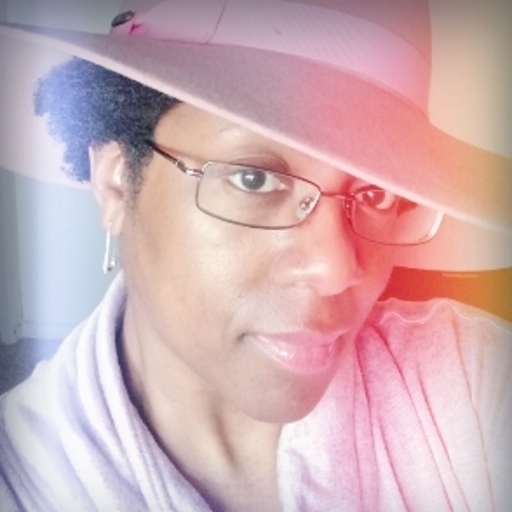
Covering The Witcher, Outlander, Virgin River, Sweet Magnolias and a slew of other streaming shows, Adrienne Jones is a Senior Content Producer at CinemaBlend, and started in the fall of 2015. In addition to writing and editing stories on a variety of different topics, she also spends her work days trying to find new ways to write about the many romantic entanglements that fictional characters find themselves in on TV shows. She graduated from Mizzou with a degree in Photojournalism.
